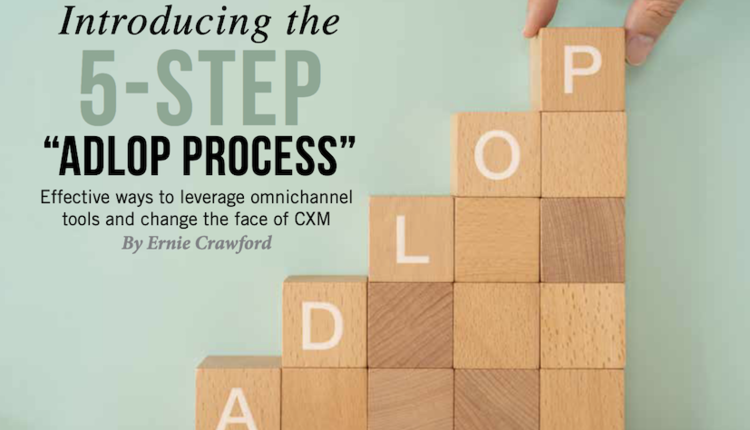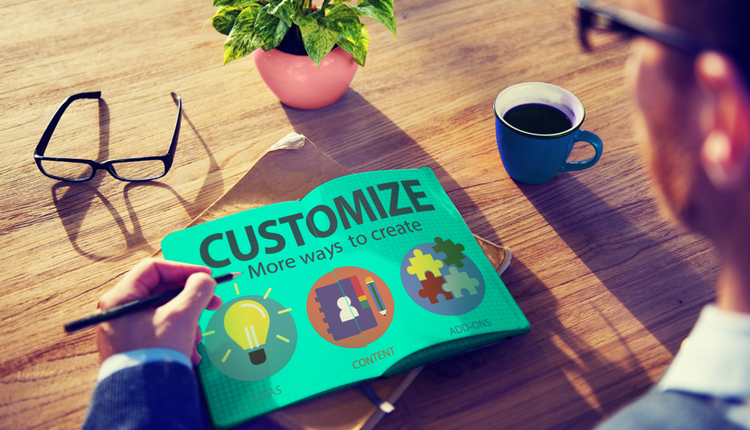
For many industries, business models that worked in the past don't work as well today. Most every business scrambled during the pandemic. Organizations needed to rapidly change to a digital first focus. Plus, they had to expand capabilities to become even more customer centric.
An electronic document industry pioneer, Ernie Crawford is the President/CEO and founder of CRAWFORD TECHNOLOGIES. One of only a small number of people worldwide with a Master Electronic Document Professional (M-EDP) designation, Ernie has more than 30 years of senior marketing and management experience in the high-volume electronic printing market.
Customers won't wait for information via mail. They won't call customer support. This is especially true if the support system is too complex to navigate. Businesses must be able to deliver information to customers in the format they want when they want it. And it needs to come on the channel they prefer.
Optimize customer communications management (CCM) to drive better customer experience management (CXM)
The first step on your CXM journey must be to understand your clients. Know where they are in their own digital journey and what they want from your business. Beyond that, users also expect a business to deliver the correct message to the correct device at the correct time. If, for example, you send an email before 8 a.m. or after 6 p.m., the entire conversation needs mobile accessibility.
One way to re-invent your CXM initiative is with what I call the “ADLOP Process.” Use this now or as a good start to your upcoming planning for 2023:
1. Analyze and group your end users
2. Define your channels and touch points
3. Listen to your end users – then listen again
4. Optimize and track usage
5. Preference management - develop a response waterfall hierarchy
Analyze and group your end users – Focus on your clients. Every recipient won't want the same type of communication. People like choices, so “give the people what they want.” Group your recipients into preferred channels and/or acceptable alternate channels. Do this by analyzing previous data.
Define your channels and touch points – Many businesses only focus on one or two communication channels. That's not enough. Print and mail are a channel. Email is a channel (often linked to viewing archived content on a website). But email can also be stand alone with embedded messaging or attached content. Additionally, mobile options are becoming more important. This adds apps, text/SMS/MMS and social media as vehicles for communication. You have to know everywhere customers want to communicate with you.
Listen to your end users, then listen again – This step is one of the hardest for most companies. How often are you (as a consumer) asked about “paperless” communications when you've already signed up for paperless? You can't ask an end user, customer or member for a preference and then completely ignore it. Preference and consent management are at the heart of a positive CXM. If you want to deliver one, you must listen to and honor a customer’s choices. For any company with multiple business units, preference and consent management systems are vital.
Optimize and track usage – Your messaging must match client expectations. It is unacceptable to expect people to be able to read and digest a PDF statement on a mobile device. Optimize your output for every channel and device. For mobile, ensure that images and messaging are clean and effective. For PDF, ensure that your document is tagged and acceptable for screen readers and assistive technologies. For all websites and HTML pages, double and triple check contracts and WCAG compatibility. Plus, test on both new and old devices. Every point of contact, across every channel, must deliver messaging in a format that is easy to digest.
Preference management or consent management - develop a response waterfall hierarchy – Communication has become complex. Emails can get lost or filtered to spam. SMS & MMS messages get blocked. Customer addresses and phone numbers change. To be safe, collect an alternative channel of contact for every user. That way, if emails are not opened or they bounce back, your system can have a safety net. The idea is that you build in a waterfall process to route communications to a secondary address or channel. Additionally, if your digital option cannot confirm delivery, create a mail piece. Send that to your customer or member and include a message asking them to confirm their communication preferences.
This five-step “ADLOP Process” puts you on the road to becoming a successful CCM transformation specialist. Plus, it enables you to turn your journey into a successful CXM for the future.






















